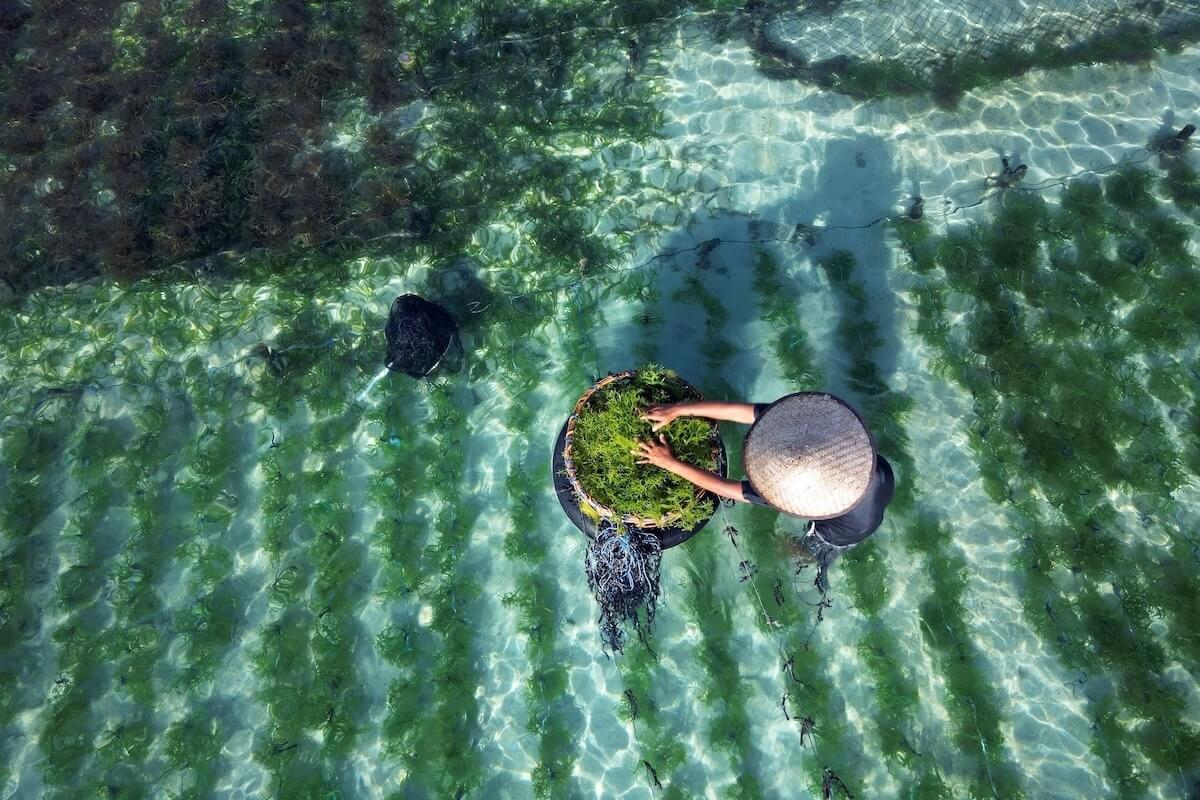ImpactAlpha, Nov. 19 – Regulatory sandboxes are relatively new tools that provide a special exemption from standard regulation—usually in the fintech and energy sectors—to open up testing for new innovation that benefits consumers.
Their popularity has ballooned, with Arizona, Illinois, Wyoming, Kentucky, Vermont and Washington, D.C. either enacting or considering them in just the past 24 months. And in over 20 countries around the world, sandboxes are opening the door to speedier adoption of new technology that has enabled everything from solar energy trades among neighbors to bank accounts for homeless people, and mobile platforms to buy and track insurance for mosquito-borne disease.
What makes a sandbox unique is that it grants a temporary exemption from old regulations that impede new tech, but in a way that controls the risk for consumers. It allows for quick testing (e.g. just 1-2 years), sharing lessons learned with regulators and investors, and a pathway to full regulatory approvals.
Adopting a sandbox approach to conservation could foster a creative culture to help speed up environmental restoration. Last month, my organization, the Environmental Policy Innovation Center, released a paper called Sandboxing Nature, laying out the case for bringing sandboxes to the environmental conservation landscape.
Sandboxes for nature could address two major barriers to achieving some big environmental wins like recovering endangered species and delivering cleaner water. First, current approaches aren’t working fast enough. Endangered species, clean air and clean water are in jeopardy and we have to get faster at delivering solutions.
Second, ponderous regulatory systems and older generations of bureaucrats aren’t keeping pace with new technologies, tools, and products. Before suggesting complicated policy overhauls to accommodate technology innovation that is out of sync with current regulations, we propose first using sandboxes to carry out controlled testing.
Encouraging risk capital
Participating in a sandbox helps start-ups access funding. According to the UK’s Financial Conduct Authority lessons learned report, companies that enter a sandbox are generally considered lower risk by investors because of the increased regulatory certainty that comes from participating in a program with regulatory agency oversight. The same report states that over forty percent of the sandbox enterprises in their first cohort raised financial investment either during or right after their time in the sandbox. Sandboxes can even help entrepreneurs develop more solid processes and policies to guide their business and respond to consumer needs.
This is promising for nature because it demonstrates how to move beyond what investors or donors view as un-investable, experimental pilot projects that can’t be replicated. Sandbox participants are recognized both for their cutting-edge approach and for the validation that comes from having a government agency ‘accept’ it. Regulators can deliberately design sandboxes—and communications about them—so that projects within the sandbox get higher visibility and thus have better future access to private capital or government funding.
How might sandboxes be applied in environmental policy and regulation? Here are two potential examples:
Better stormwater management
American cities are increasingly managing stormwater runoff to reduce pollution in streams, rivers, and large water bodies like the Chesapeake Bay and Gulf of Mexico. Sometimes they install expensive water treatment facilities. If regulators allow it, those cities and suburbs can often achieve the same water quality goal at a much lower price by working with partners in other parts of the watershed to install green infrastructure and conservation practices. However, this is a new and expanding area of work where professionals are testing new techniques all the time. For example, Opti is using real time data to optimize stormwater and flood control systems, but they’re often stuck in cities’ multi-year consent decree and permit renewal processes before deploying solutions. A sandbox for stormwater tech could encourage testing ways for cities to achieve their stormwater-related water quality goals faster and more cost-effectively by creating a quicker path for EPA or states to approve permit amendments and other approvals, and quickly deploy and learn from new techniques.
Payments for soil health
Farmers and ranchers get paid for conservation practices that achieve soil health improvements when they participate in certain USDA programs; payment rates are pre-determined for each conservation practice. But what if they had the flexibility to tailor their approaches and methods to their own lands and get paid a set amount based on soil health outcomes rather than practices? An agricultural conservation sandbox would create an alternative to USDA’s traditional paperwork and conservation practice approach, testing the theory that ranchers and farmers could achieve better and faster soil health benefits with the same level of payments that they currently do with USDA programs. In essence, the sandbox would say, “if you use an approved method to measure the before/after conditions of nitrogen, phosphorus, sediment, pollinator habitat or other benefit, we will pay you a pre-set rate.” Such a sandbox would bypass USDA’s cumbersome process of developing, amending and revising conservation practices that often don’t make sense on the ground.
What’s next?
Borrowing from the examples of energy and fintech sandboxes, we can open the door to new conservation approaches. We can identify where environmental laws are simply out of sync with today’s technology applications—continuous water quality monitoring or real-time wind turbine shut-off to avoid harming eagles—and open up pathways to proving out these new approaches while still protecting nature.
Our Sandboxing Nature paper, which we presented at this fall’s Environment Markets and Finance Summit, has received excellent feedback so far from federal agencies to restoration industry leaders, investors and conservation nonprofits.
Adapting the regulatory sandbox approach for conservation will be about finding the specific language in regulations that is standing in the way of creative approaches to solving environmental problems and working directly with regulators to give entrepreneurs a ‘license’ to innovate around those barriers.
If the regulatory structure is not helping us restore species or habitat, testing new approaches that incorporate the latest technology, even if they don’t fit under current regulation, is worth trying.












